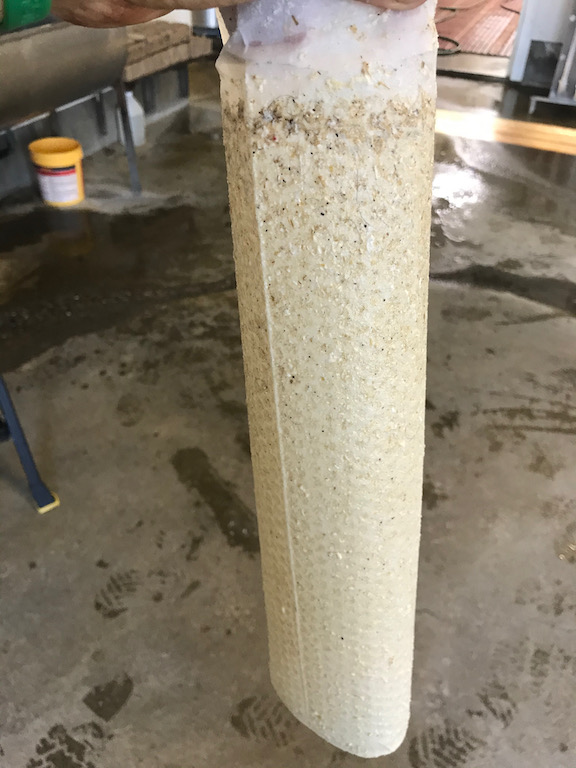By Jacki Perkins
The history of dairy consumption dates back nearly 5,000 years. Milk pasteurization has existed since 1862 and has become mainstream right along with the push for urbanization and the loss of agrarian lifestyles. One can find studies and articles arguing both sides of the pasteurization debate. What I would like to highlight here is the difference in mindset between harvesting milk that will ultimately be pasteurized versus that which has been collected to be consumed raw.
Commercial milk production, by its very nature, happens on a larger, more industrialized scale than dairy has for most of its history. The idea that time equals money has been instilled into the process, sacrificing the time it takes to make sure that teat ends are immaculate. Bacteria introduced during milk letdown and collection is the cause of mastitis and early spoilage of liquid milk. Raw milk farmers need to maintain constant vigilance for cleanliness, with the understanding that milk, being full of sugar, is one of the best bacterial growth mediums on earth.

Filter from raw milk producer. Perkins photo
The type of milking system used can also be important. Biofilms are essentially bacteria cities, and these cities are most commonly built in crevices and on contours. Milking systems that are short, smooth and easily scrubbed clean, like bucket milkers, are preferable for raw milk production. Longer systems, such as pipelines, that rely on chemical cleaners to reduce clean-up time are more difficult to manage biofilms in. These systems have been engineered in the era of pasteurization.
Added to this are the underlying effects of diet. Any human lactation specialist encourages women to have as healthy and well-rounded a diet as possible when breastfeeding. The way that farmers are being paid for their milk in the U.S. encourages quantity over cleanliness, with the understanding that the end product will be pasteurized. That is not to say that there are zero standards of cleanliness for production, but the thresholds are much higher than should be allowed in raw milk production. This push for quantity is achieved by feeding grains, which lowers the pH of the rumen, weakens the effectiveness of the digestive system and has uncountable effects on the immune system. Without a high functioning immune system, mastitis becomes difficult to manage. Grass-fed animals, or ones fed minimal amounts of grain, with access to the outdoors have a better ability to maintain health while producing clean, quality milk.

Filter for system intended for pasteurization. Perkins photo
Lastly, and most importantly, raw milk producers must remember that their own immune health is not that of their potential customers. Our personal microbiomes are built in conjunction with our environments. Therefore, the specific bacterial population that the resident farmer is able to tolerate will not be the same as their customers’ tolerance. Responsible raw milk production works to keep milk as sterile as possible in order to reduce the likelihood of unwanted bacterial overgrowth.
As consumers, we need to understand where our dairy products come from. As producers, we need to understand where they are going. As humans, we need to have compassion for many circumstances.
Jacki Perkins is MOFGA’s organic dairy and livestock specialist. You can contact her at [email protected].
